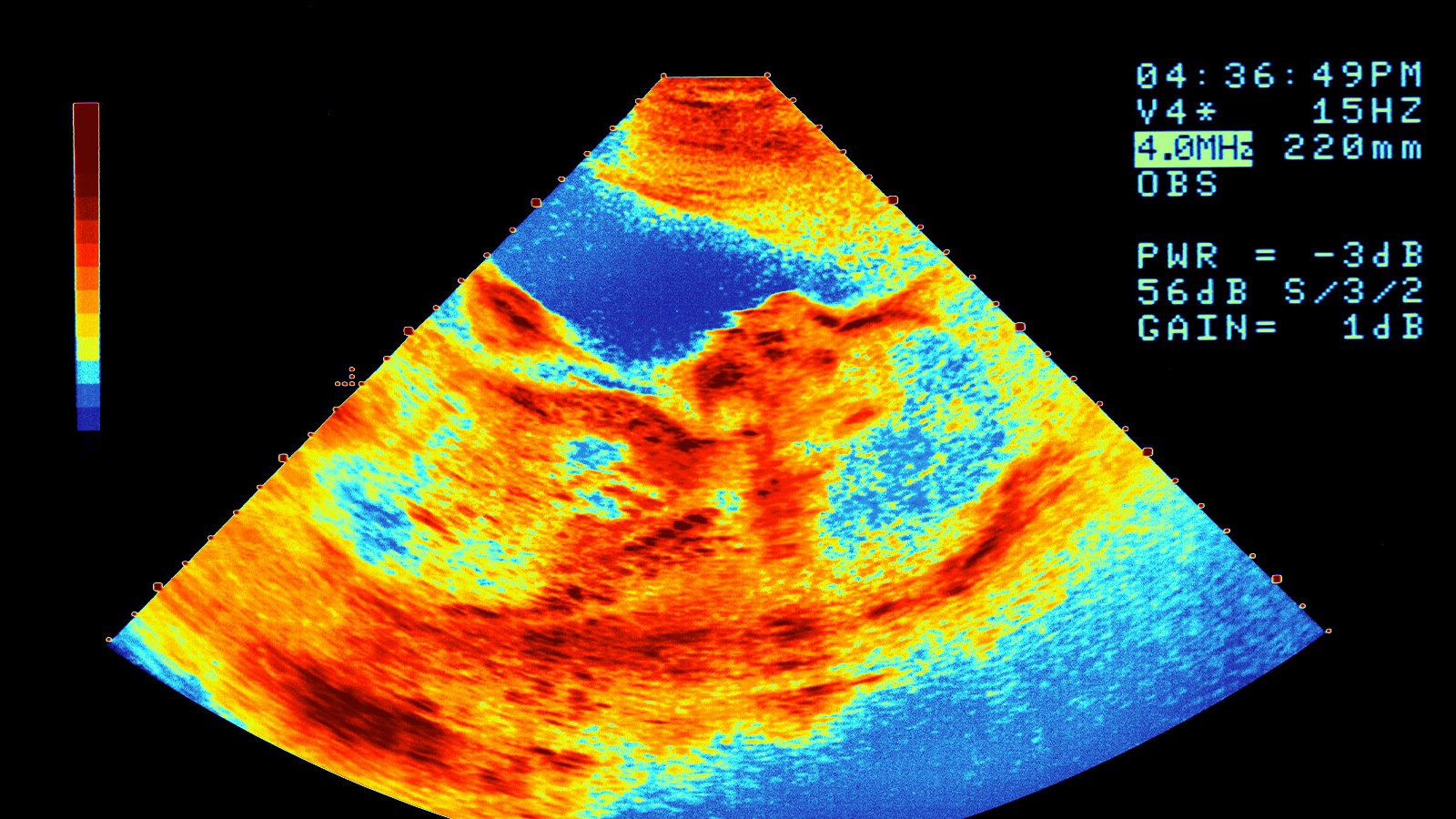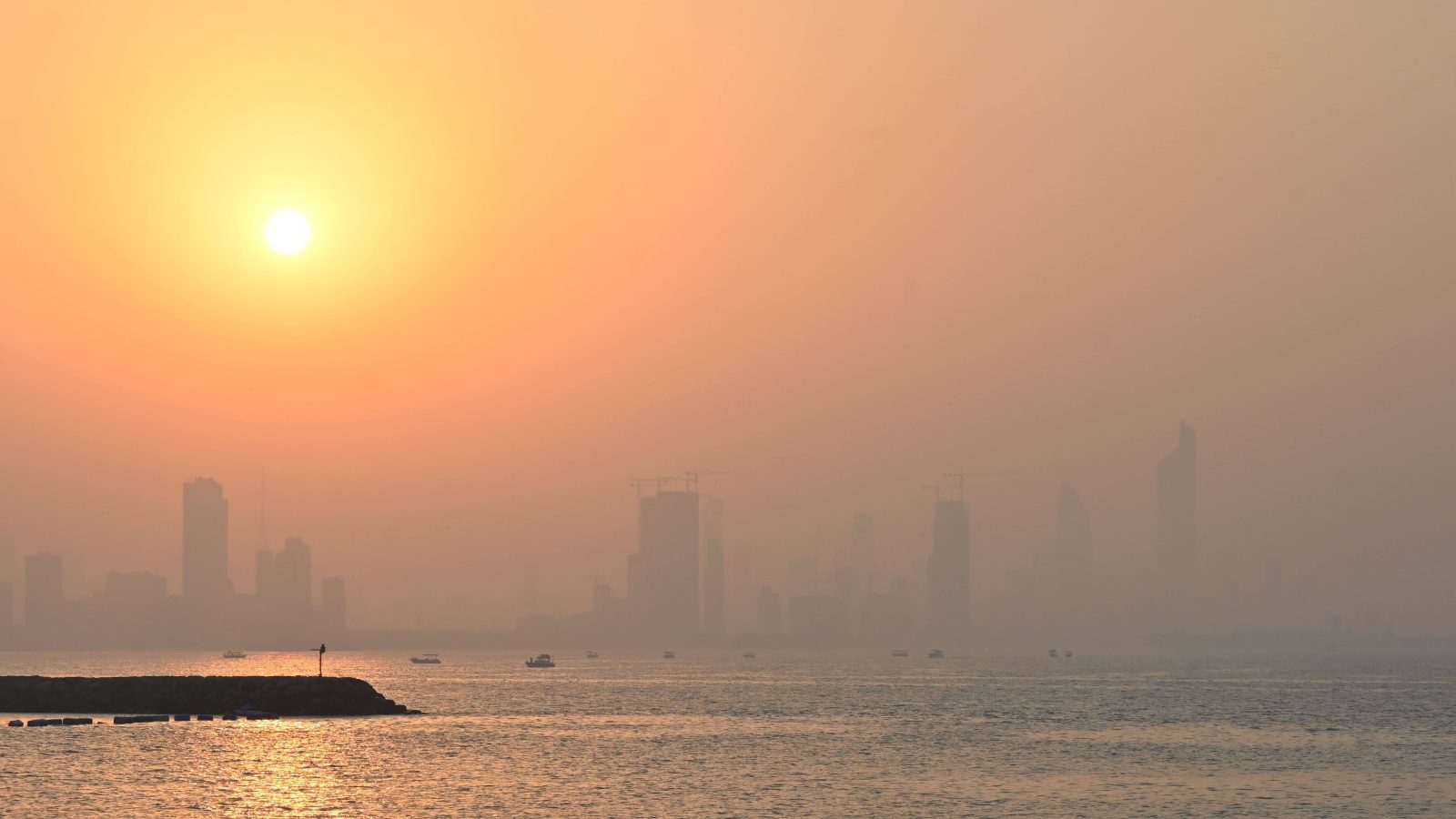This story was originally published by The 19th and is republished with permission.
Pregnant people exposed to extreme heat are at higher risk of developing life-threatening complications during labor and delivery, according to new research published in the Journal of the American Medical Association last week. The research adds to a growing body of evidence showing the impact extreme heat has on a pregnancy, while also making a distinction between long-term exposure and events like heat waves.
“I think this [distinction] is really important,” said Ashley Ward, director of the Heat Policy Innovation Hub at Duke University who was not involved in the study. “Most of the research around pregnant women has centered on acute events like a heat wave … but honestly, what we are all experiencing this summer is an excellent example of really what I would consider chronic heat exposure.”
The researchers used data provided by Kaiser Permanente Southern California, a health care network, to identify over 400,000 pregnancies in the region that took place between 2007 and 2018. They then looked at temperature data from that same time period and used the daily maximum temperature to figure out how many days of heat — characterized as moderate, high or extreme — pregnant people were exposed to throughout their pregnancy, breaking it down by trimester.
The study found significant associations between both short- and long-term exposure (usually defined as 30 days or more) of environmental heat during a pregnancy and severe maternal morbidity. Severe maternal morbidity is a term used by the Centers for Disease Control and Prevention to define 21 unexpected outcomes during labor or delivery that are considered near misses for maternal mortality. This could include cardiac arrest, eclampsia, heart failure, sepsis, and ventilation. (The primary findings excluded whether a blood transfusion occurred during delivery, usually an indicator of severe maternal morbidity, because the data wasn’t detailed enough.)
Researchers found that a high exposure to extreme heat through the duration of the pregnancy or in the third trimester was associated with a 27 percent increase in these risks. Exposure to a heat wave during the last gestational week was also associated with an increased risk of life-threatening delivery complications.
Globally, this summer was the hottest on record. Phoenix broke a record when the temperature topped 110 degrees 31 days in a row. Dozens of other cities including in Texas, Louisiana, and California have experienced their own record-breaking temperature streaks.
While the study did not find significant demographic differences when breaking down the data by race and ethnicity, it did find that people with lower education levels had higher heat-related risk of severe maternal morbidity, said Anqi Jiao, an author of the study. This finding points to possible mitigation strategies that doctors, nurses, and others in public health could take.
“They may pay more attention to these mothers with lower education levels as a targeted intervention,” she said. “Those mothers with lower educational attainment may have very limited knowledge to understand extreme heat as an environmental hazard, and they may not understand why the extreme heat could affect their pregnancy outcome.”
Importantly, the study also found associations between heat exposure and cardiovascular events during labor and pregnancy. Cardiovascular conditions are now a leading cause of pregnancy-related deaths in the United States, a crisis that has only gotten worse in recent years despite medical advances.
Ward applauded the decision to focus on severe maternal morbidity in the study. Other studies have looked at the impact of heat on birth outcomes or maternal health issues like gestational diabetes.
“This is really important because severe maternal morbidity is basically very nearly maternal mortality,” Ward said. “It is the most extreme of health outcomes for pregnant women. And so it’s very serious.”
She points out that it would also be useful if a study like this looked at overnight temperatures, which could further pinpoint what other underlying factors may contribute to heat exposure, she said. “Overnight temperatures indicate maybe a lack of access to cooling at night, where your body doesn’t have the time to recover,” she said, as an example.
Further research could also highlight what kind of exposure people face during the day, related to different socio-economic factors like the type of job a pregnant person has, Ward said.
“A lot of times when we think about occupational exposures we tend to think about men, but that’s just not true. Women work in high-exposure jobs too. They work in the food industry in kitchens that have high heat, a lot of them may be caregivers in an environment in which there is not adequate cooling. A lot of women work in manufacturing, where indoor heat exposure is a thing,” she said. “So it’s about thinking through the underlying factors that are contributing to this.”
Jiao said she and others from her research team plan to look at other temperature metrics in future studies, as well as different climate factors like wildfire smoke.
Ward finds this study to be a significant contribution to our understanding of heat and says it has important implications for emergency planners who can use this research to better understand the dangers of exposure to chronic heat.
“These kinds of studies help inform those kinds of planning and preparedness activities so that they are targeted and that they have the most impact,” she said. “Anytime we get research that helps us understand … the nuances of heat exposure, it helps us protect people better, and that information gets incorporated into the planning and preparedness infrastructure — at least that’s the hope, right?”





